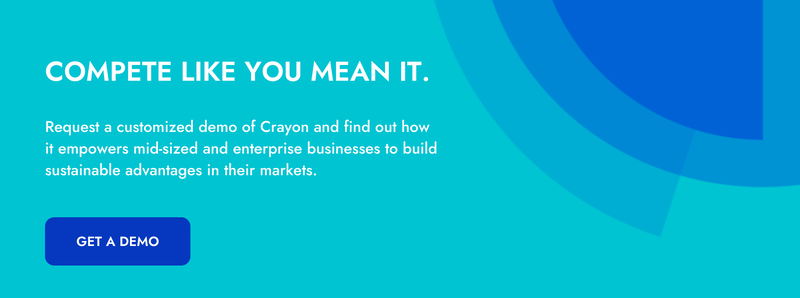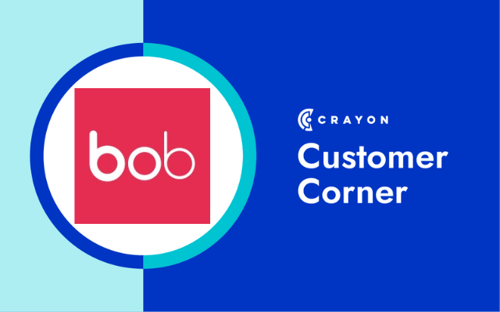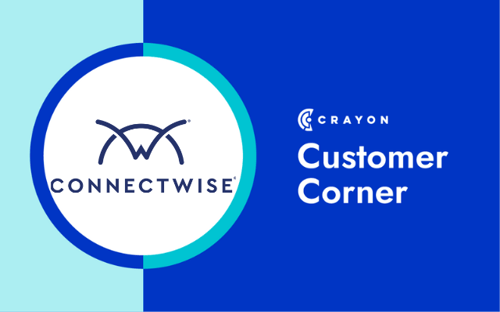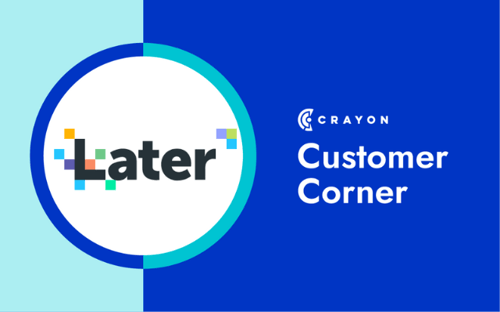Battlecards are one of the most popular sales enablement materials businesses create today, with two-thirds of competitive intelligence teams saying that they regularly maintain competitive battlecards.
When created correctly, battlecards provide an overview of a specific competitor’s products and services, as well as guidelines on how to win a deal against that competitor. The most effective battlecards are easy to consume, up-to-date with the latest competitive intelligence, and tailored to the team member who will be using the battlecard to compete.
It’s no secret that creating sales battlecards is nonnegotiable when it comes to winning competitive deals. But, before you run off to start throwing your first batch of cards together, you first need to understand how to build battlecards — and more importantly — who you’re building them for.
What type of battlecards should you create?
When most people think about battlecards, they think of them exclusively as a sales enablement tool. And while battlecards are one of the most popular sales enablement materials you can create for your team, if you want to get more personalized with your competitive intelligence content, consider creating role-based battlecards.
Role-based battlecards are designed to enable each step of the sales cycle — from first touch to closed won. You will want to create four battlecards, one each for these four key roles:
- A BDR battlecard (Business Development Representative)
- An AE battlecard (Account Executive)
- An SE battlecard (Sales Engineer, also known as a Solutions Engineer, Solutions Consultant, or Customer Engineer)
- A CS battlecard (Customer Success)
If you’re ready to go down the role-based battlecard path, you’re in the right place.
Read on for a closer look at the battlecards you need to be building, as well as tips on how to customize each one to the sales or customer success team member who will be using them to gain a competitive advantage.
Building Your BDR Battlecard
While both are used as training materials, a BDR battlecard is much more of an "in the moment" resource than an AE battlecard.
When building your battlecard, remember — the goal of a BDR isn’t to sell your solution, they just want to get the prospect to agree to meet again with your company. The last thing you want is for a BDR to get into a feature battle with a competitor or give too much technical information to a prospect before they are in a deeper conversation (save that for the SE battlecard!).
Think of it this way: BDRs only need enough information to be dangerous, an overload of scripted lines or information threatens to bog down their calls. BDR battlecards should be short, quick, and high level — try to stick with 3 to 5 bullets on how to respond to competitor mentions or landmines.
What to include in your BDR battlecard:
- Company Overview
- Opening Statements
- Tactics to Keep on the Phone
- Killer Lines
- Objection Handling
- Questions to Ask
- Quick Dismiss
- Value Drivers
- Product Overview
- Customer Testimonials
Building Your AE Battlecard
AE battlecards are built for a dual purpose — they are a resource for sellers to use while on a call, but primarily serve as training materials to prepare for calls with prospects ahead of time.
Therefore, AE battlecards hold far more information and talking points than BDR battlecards, but should still be concise. Ultimately, your AE battlecard needs to contain just enough information to help your team sell against competitors, without bringing the competition up yourselves.
When building your AE battlecards — focus on objection handling and overcoming any FUD (Fear, Uncertainty, Doubt) that your prospects may raise, and have links to relevant sales content (like case studies) at the ready to send along during the sales process. And once again, hold off on anything too technical until you create your SE battlecard.
What to include in your AE battlecard:
- Company Overview
- Value Proposition
- Objection Handling
- Quick Dismisses
- Why We Win
- Why We Lose
- Pricing and Packaging
- Feature Comparisons
- “How are you different?”
- Landmines to Plant
- Overcoming FUD
- Sales Content
Building Your SE Battlecard
SE battlecards are by far the most in-depth battlecards you’ll need to create, due to the depth of technical information you’ll want to include.
When they walk into meetings, SEs need to be prepared to answer essentially any possible questions about your solution. Therefore, your SE battlecards should contain as much detail as possible. SEs don’t just need access to this information, they need to know it. And the more complex your product is, the more information your SE needs on their battlecard.
When building your battlecard — the key is to strike a balance between including as much information as your SE could possibly need, while not overwhelming them with sales-y information. Focus on specific technical differentiators, like features, implementations, and integrations.
There will be many similar sections across your AE and SE battlecards, but not at the same level of depth. Think of your AE battlecard as a movie and your SE battlecard as the extended version. The two battlecards tell the same story, just with varying degrees of detail.
What to include in your SE battlecard:
- Company Overview
- Technical Feature Comparison
- Integrations
- Value Propositions
- How We’re Different
- How We’re the Same
- How We Position
- Objection Handling
- Why We Win
- Why We Loss
Building Your CS Battlecard
As a resource designed to be used by your support team after a deal has been won, there’s more in common between CS battlecards and sales battlecards than you might think.
Used primarily as training materials before meeting with a customer, CS battlecards should be stuffed with all the information success reps need to ensure a smooth customer transition from the sales team. In addition to being an essential resource before the kick-off call, CS battlecards are also commonly used when a competitor is mentioned at renewal.
When building your battlecard, remember — tap into the human side of these conversations. Your battlecard content should be infused with the philosophical messaging of your company, to prepare your team to have personable conversations with their customers.
What to include in your CS battlecard:
- Company Overview
- Service Comparisons
- Recent News & Press
- Product Updates
- Potholes to Avoid
- Warning Signs of Leaving
The Essential Role-Based Battlecard Template Pack
Now that you’ve had the rundown of the four types of battlecards you should be building, it’s time to start creating them.
Good news — we’ve got just what you need!
In the Essential Role-Based Battlecard Template Pack you’ll find four templates — one each designed for a BDR, AE, SE, and CS — crafted based on best practices gleaned from researching a variety of companies’ real life battlecards.
Simply download the templates, customize them with your branding, competitors, and content, and share with your team. Happy competing!
.jpg)
Related Blog Posts
Popular Posts
-
 The 8 Free Market Research Tools and Resources You Need to Know
The 8 Free Market Research Tools and Resources You Need to Know
-
 How to Measure Product Launch Success: 12 KPIs You Should Be Tracking
How to Measure Product Launch Success: 12 KPIs You Should Be Tracking
-
 24 Questions to Consider for Your Next SWOT Analysis
24 Questions to Consider for Your Next SWOT Analysis
-
 How to Create a Competitive Matrix (Step-by-Step Guide With Examples + Free Templates)
How to Create a Competitive Matrix (Step-by-Step Guide With Examples + Free Templates)
-
 6 Competitive Advantage Examples From the Real World
6 Competitive Advantage Examples From the Real World




